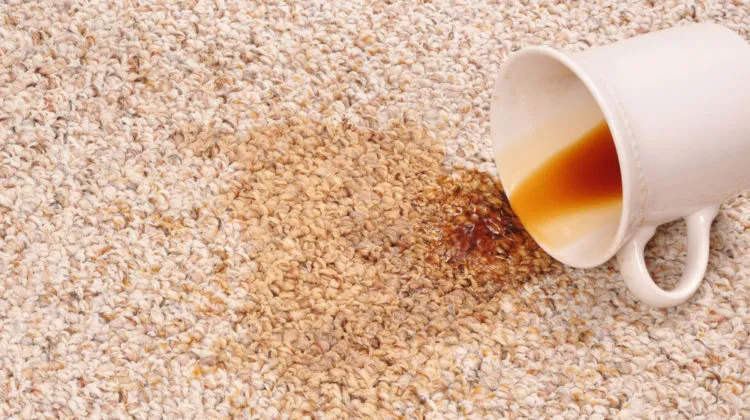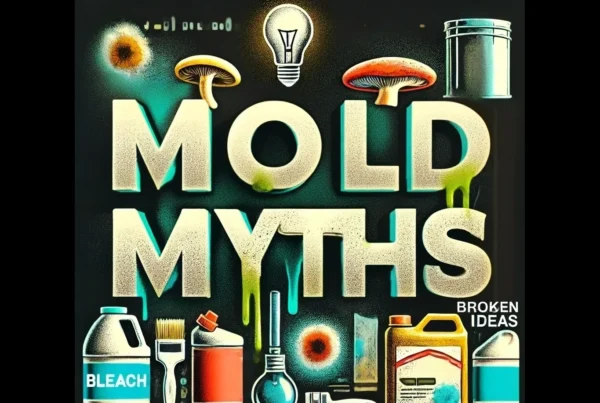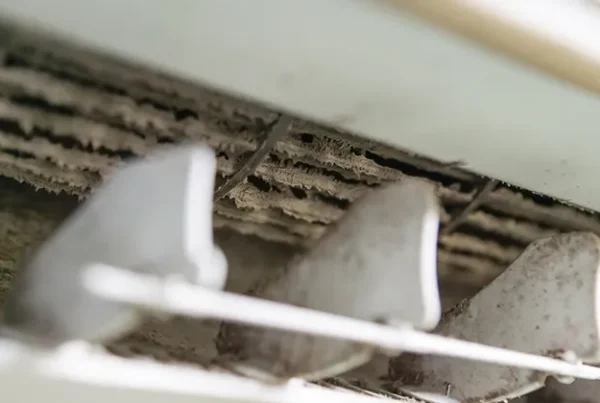While many of us love carpet for the soft, warm comfort it provides, it can become an issue if it gets wet or isn’t properly maintained. Mold can grow in unseen areas such as underneath carpets when exposed to excess moisture, and, because the problem is hidden, it can often go unnoticed until it’s not easily corrected. Knowing prevention tips and signs of mold can help save you time and money on mold removal and remediation services. So, here is what you need to know.
Carpet Selection
Where NOT to Install Carpet- Mold thrives in damp or humid places. This means carpet should not be installed in areas like the bathroom, kitchen or basement of your home. Instead, consider hard floor options like tile or vinyl in these areas and use basic throw mats or rugs that can be easily washed and dried after being exposed to moisture.
Don’t Go Organic– While eating organic is popular in today’s time, synthetic carpets made from nylon, polyester or olefin are better options to help prevent mold growth. Natural fibers like wool, jute and cotton are more prone to mold growth when they get wet. If your going to install natural rugs in areas, consider how easily they can be cleaned and try to do so on a regular basis.
The type of Padding Matters- Installing high-quality padding with anti-microbial properties may be more expensive upfront but will save you money in the long run. If your household is prone to spills or pet accidents, padding with a heavy vapor barrier may be a better choice to avoid areas that stay wet a long time. Keep in mind, while padding may help prevent water from getting into it, they can be harder to dry out if they do get wet. Considering where the carpeting is being installed and what the chances of it getting wet are can really help in the padding selection for any particular situation.
Mold Prevention
Clean up Accidents – Liquid spills or pet accidents should be cleaned up immediately! Waiting until a time that is more convenient may be too late. Make sure you remove any soiling or liquids and dry the area quickly no matter how small. If your not sure how to clean a certain type of spill or any spot, let us know, IMR has a lot of experience and can help with almost any carpet soiling problem.
Take off the Shoes! – The cheapest way to clean your carpets is to keep them from getting dirty in the first place. Removing shoes, and politely asking guests to do so too, can dramatically reduce the amount of soiling and wear that a carpet accumulates over time. If you prefer to wear shoes in the house, take a hint from Mr. Rogers and go purchase a pair of house shoes or slippers to change into when you get home. Wiping off paws from the smallest family members can also help prevent soiling. While you may not want to do this all the time, when it’s wet and muddy outside, it’s a must!
Perform Regular Cleaning – Regularly cleaning your carpet is a must. Like moisture, dirt, which is made up of all kinds of cellulosic sources, is also a leading cause of mold growth in carpeting. Regular vacuuming is the best way to remove dirt and other debris that may promote mold growth. At a minimum, try to vacuum those high traffic areas once a week and the harder to reach areas a few times a year. Professional cleaning should be done on a regular basis to keep carpets there cleanest. Make sure that the professional you choose guarantees reasonable dry times (not more than 24 hours) and that they don’t use dirt attracting soaps in their cleaning processes.
Signs of a Problem
Carpet Odors- Musty smells in rooms where carpet is installed can be a sign that mold is present in or under the carpeting. Often this will follow some type of water damage. Wet carpeting can develop mold growth on the tape joints that hold the padding together as well as in the layers that bond the carpeting together. If the carpet smells musty, it is probably time to replace it and identify any moisture sources.
Discoloration or Surface Growth – Regular visual inspections should be part of your prevention plan. While vacuuming carpeting, make sure you pay attention to any spots in your carpet. Most spots and stains on carpeting are not mold and can be cleaned with normal household products. However, if you notice discoloration and high humidity or water damage has been an issue, you could be looking at mold. Don’t panic!! Take a couple of pictures of the area and send them to IMR, we can usually determine if your just dealing with some normal soiling or a mold problem.
Symptoms & Health Problems- Mold can cause health issues depending on the level of your exposure to it. Allergies, breathing difficulties, itchy eyes and skin, coughing, sneezing are just a few symptoms that mold can cause. Now, this doesn’t mean if you find mold this will automatically happen but, if you have unexplained current health issues and you’ve noticed problems with your carpets or any other surfaces in your home an Indiana Mold Remediation specialists can probably answer your questions and, if needed, set up a remediation plan right for you. Let us know how we can help!




